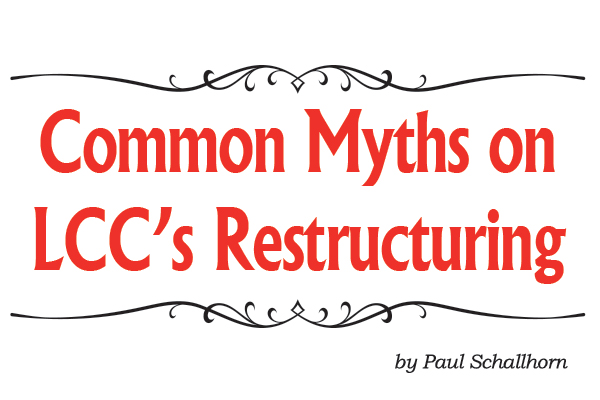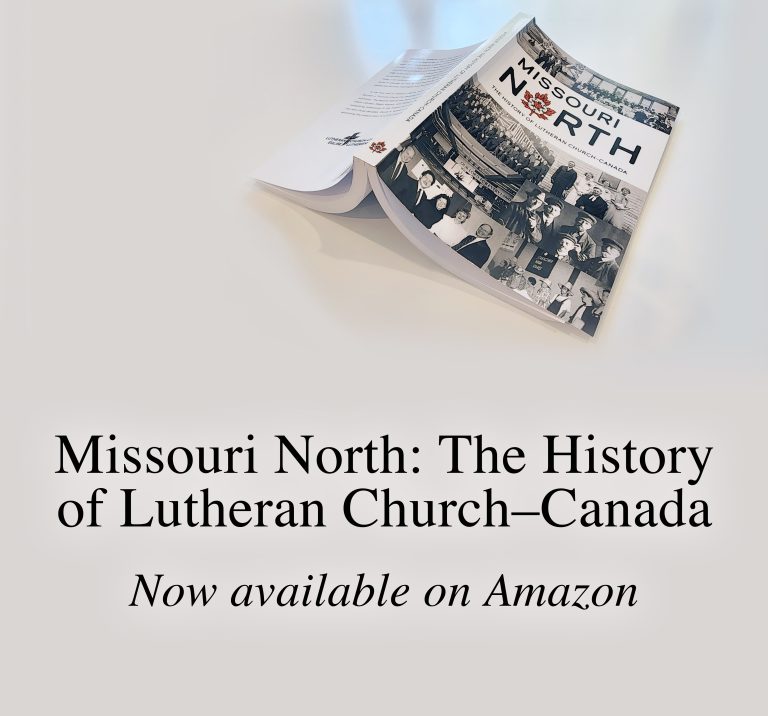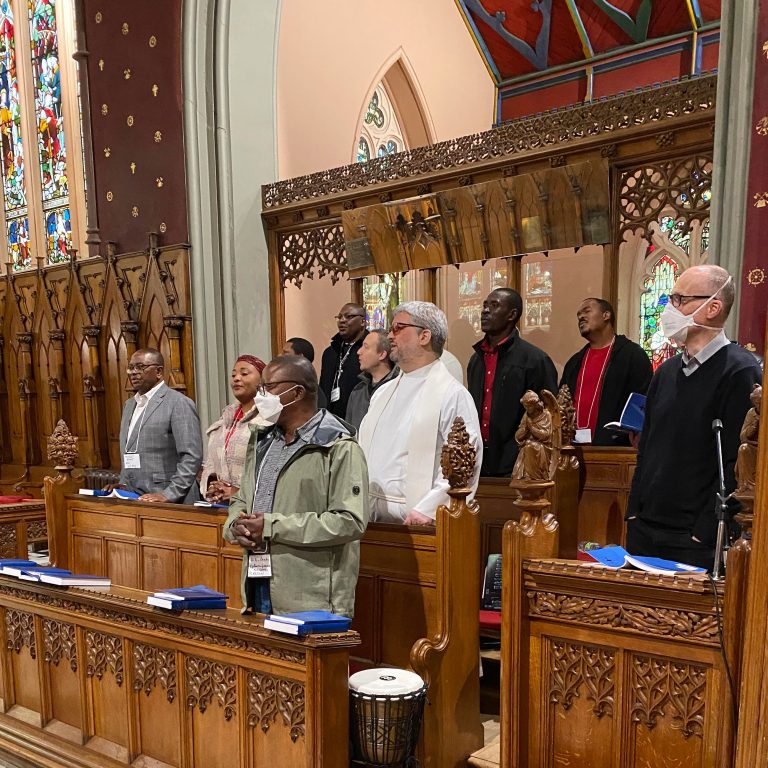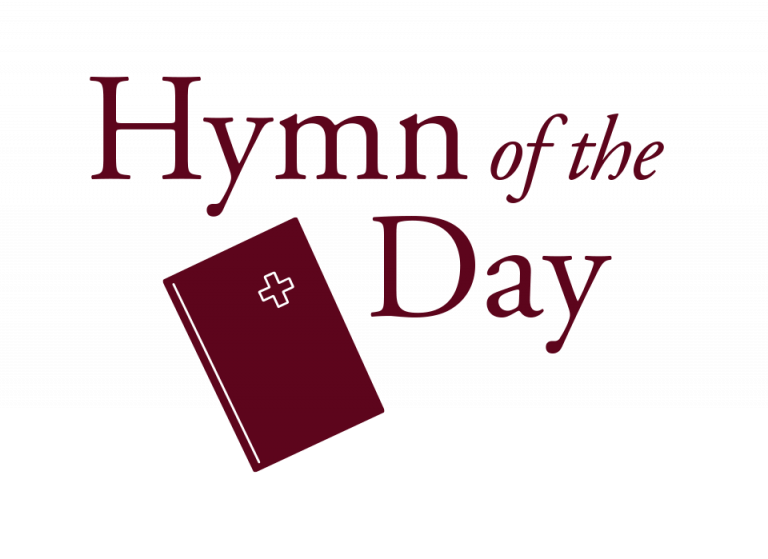Common Myths on LCC’s Restructuring

by Paul Schallhorn
“Just the facts, Ma’am.” Millions of people in the 1950’s tuned in weekly to hear Jack Webb, aka Sergeant Joe Friday on Dragnet, say his famous catch phrase. Over the years it became part of everyone’s vocabulary as people trying to sound clever would interject: “Just the facts, Ma’am.” It was as famous as another line from that era uttered by Humphrey Bogart in Casablanca, “Play it again, Sam.” There’s only one problem: neither line is factual; they are both misquoted and were never said in the way we have come to “remember” them.
The same could be said of Lutheran Church–Canada’s (LCC) process of possible restructuring. There are a number of myths that have developed over the course of the last 18 months as the Commission on Constitutional Matters and Structure (CCMS) has presented their proposal at various stages. In order to clear the air of some of the major misconceptions, we will stick to “Just the facts.”
MYTH #1: We are only talking restructuring because of the ABC District Church Extension Fund (CEF) crisis.
FACT: While the CEF crisis in the ABC District has had a major role to play in bringing restructuring to the forefront in peoples’ minds, it is certainly not the sole reason why the CCMS is providing a possible plan to restructure LCC. The CCMS was given its mandate because all three Districts in Convention passed resolutions for the CCMS to look into this matter and provide a plan for the upcoming Synod Convention in October 2017. We are simply doing what we have been tasked to do; but it goes much deeper than this.
When LCC came into existence in 1988, instead of creating a new structure that would fit our situation in Canada, delegates voted to borrow—in its entirety—the structure that they knew from The Lutheran Church—Missouri Synod (LCMS). The prevailing thought was we could fine-tune or change this structure as we moved forward and make it our own. As early as 1993, a taskforce was struck to begin this process. Some of their proposals were passed at the next Synod Convention, many were not, but the unwieldiness of the LCMS structure we borrowed and were now using could not be understated because it is built for a Synod of millions not thousands. The CCMS as part of its job has then looked at our structure since that time proposing various changes over the years—some of which were major, some minor; some of which were passed, some not. The fact is restructuring has been part of LCC’s history from its beginning even though it may have been highlighted by the recent events in the West.
MYTH #2: The proposed one administrative structure from the CCMS creates a centralization of power.
FACT: This would be true if there were no checks and balances or a limitation to the authority that the Synod Board of Directors (or any other entity within the proposed structure) would wield; but that’s not the case. Every board, commission, committee, council, or person, at every level has been given a certain amount of authority to fulfil their role but in a manner that limits that authority to their specific task. In other words, authority/power is channelled in a very specific detailed manner to provide nimbleness between conventions for the various entities to do their job without having to wait until the next convention to make necessary changes yet without giving them a carte blanche to make sweeping changes that would affect everyone without everyone’s input.
The other factor that changes with the proposed structure is that everyone will have a voice in determining our future not just a few. Currently we have only a representative number of delegates making decisions on our behalf at Synod Conventions; in the proposed structure every congregation will attend and make decisions affecting the direction of LCC. Furthermore, by making the decisions as a whole, we all will have a hand in determining how much authority is given to the Board of Directors and how it is used between conventions.
It bears pointing out that presently we are following a practice called a “federation of Districts,” that is, each District acts independently of each other and also of Synod. That is part of our history as we were three independent Districts under the umbrella of the LCMS before we became autonomous. The spinoff of this is that we have four different goals and plans and agendas that are being attempted to be fulfilled across LCC. Moving forward under the proposed structure we would have one vision and one plan which will make for a more unified approach to achieving our goals.
MYTH #3: Our current structure is not the problem and making sweeping changes is not necessary and too drastic.
FACT: There are a number of major factors moving forward that cosmetic changes or no change at all to our current structure will not address nor fix. The elephant in the room that no one likes to talk about is the fact that membership in our congregations and therefore Synod is declining which has an impact on a number of fronts not the least of which is financial. Over the years we have over-budgeted and therefore overspent more than what we have received from people’s giving in the offering plates. The figure our Synod treasurer calculated before the ABC District CEF crisis was roughly $650,000 which includes Synod and the three Districts.
So where did the money come from to make up this huge shortfall? We have relied heavily on investment returns that are not guaranteed to always be positive, and on reserve funds which are not inexhaustible. This trend cannot continue and many have been trying to point this out for years to no avail. The ABC District has exhausted all of their capital and cannot have a CEF ever again, the Central District has barely enough to meet their current needs, and the East District which is in the most “favourable” position still relies too much on investment returns to make up $200,000 plus of their budget.
What we counted on in the past to meet our financial commitments cannot be counted upon any longer. We are just one more CEF crisis or market downturn away from a total collapse of LCC as we know it. So the CCMS, with figures from our Synod treasurer, has planned a more realistic budget that does not rely on these “extras” which cannot be counted upon. Does this have an impact on the proposed structure? Definitely; we will not be able to afford as much as we think we can now, but by following a more realistic budget, we will be able to better positon ourselves for the future. This is what we have attempted to build into the proposed structure.
Another important factor that is directly attributable to the current structure is the lack of oversight Synod has on the rest of the Synodical family. Because Synod and the Districts (and the other entities affiliated with LCC like the two seminaries, etc.) are incorporated separately, Synod has no authority over any of them. This has led to Concordia University, Edmonton removing itself from LCC (without any remuneration) and the unfortunate ABC District CEF crisis—to name just two examples. What has come out of this difficult time in our history is that our current structure is terribly flawed. The fact that an entity affiliated with LCC over which LCC has no oversight is able to walk away with our assets or bring us to our knees and perhaps threaten our very existence is untenable.
While there are still a number of other myths that could be treated, time and space are limited. Suffice it to say, we as a CCMS have been listening to all concerns and suggestions at every stage of this process, and while we cannot guarantee that everything we hear will be agreed upon and incorporated given the polar opposites of various viewpoints, nevertheless, the proposed structure is not our own making, it is yours as we have taken your input and crafted the proposed Convention Draft based on what you as a whole have shared with us.
As always, we pray for God’s guidance through the Holy Spirit to direct us in the way He wants us to work for Him as we walk together.
———————
Rev. Paul Schallhorn is Secretary of Lutheran Church–Canada’s Commission on Constitutional Matters and Structure.
For more information on the restructuring process, click here.





